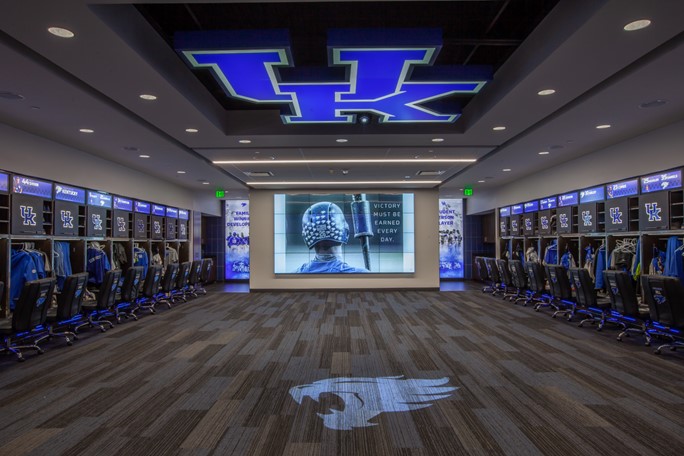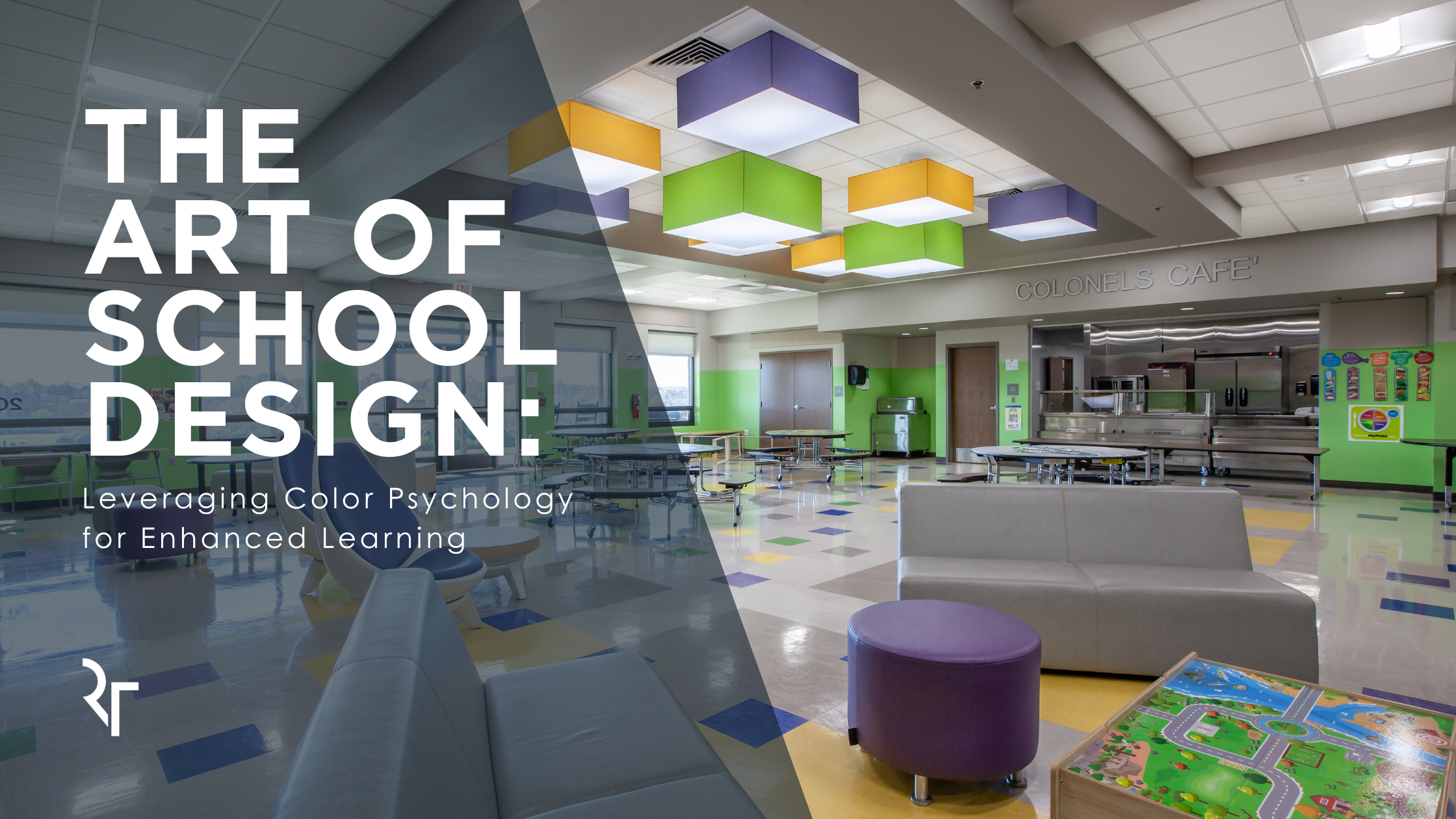Ever considered how the colors around us influence our mood and behavior? In the realm of school design, color isn’t just about aesthetics—it’s a strategic tool for creating environments that optimize learning. At RossTarrant Architects, we’re passionate about crafting spaces that support student success, and that’s why understanding color psychology is key to our approach.
Color is a powerful communicator, speaking to our senses and emotions without uttering a word. In educational settings, where fostering a conducive learning atmosphere is paramount, the selection of colors holds significant weight. Research indicates that warm hues, such as shades of yellow, can foster creativity and enthusiasm, while cooler tones like blue promote focus and calmness. By leveraging this knowledge, we can curate environments that inspire and uplift learners.

Consider the unique dynamics of K-12 schools, where young minds are navigating a spectrum of emotions and experiences. Here, the strategic use of color becomes particularly pronounced. Vibrant colors inject energy and curiosity into spaces, igniting a sense of exploration and wonder. Conversely, softer tones create a sense of tranquility, providing a nurturing backdrop for concentration and social interaction. By thoughtfully integrating color palettes, we create environments that support holistic development and academic achievement.

As students progress into higher education, the role of color remains pivotal in shaping their academic journey. In communal areas, pops of color can foster a sense of community and belonging, encouraging socialization and collaboration. In contrast, subdued hues in study spaces promote concentration and focus, facilitating optimal learning experiences.

Athletic facilities present another realm where color psychology comes into play. Bold, energizing colors can invigorate athletes, boosting motivation and team spirit. By strategically incorporating team colors and complementary tones, we enhance cohesion and camaraderie, fostering a sense of pride and unity among participants and community members alike.
Understanding the role of color psychology in school design is crucial for creating effective learning environments. Research and experience show that thoughtfully chosen colors can enhance various aspects of educational settings. By applying these principles, educational spaces can be designed to support student engagement, focus, and well-being. This approach helps to create environments where students are better positioned to succeed academically and personally.






